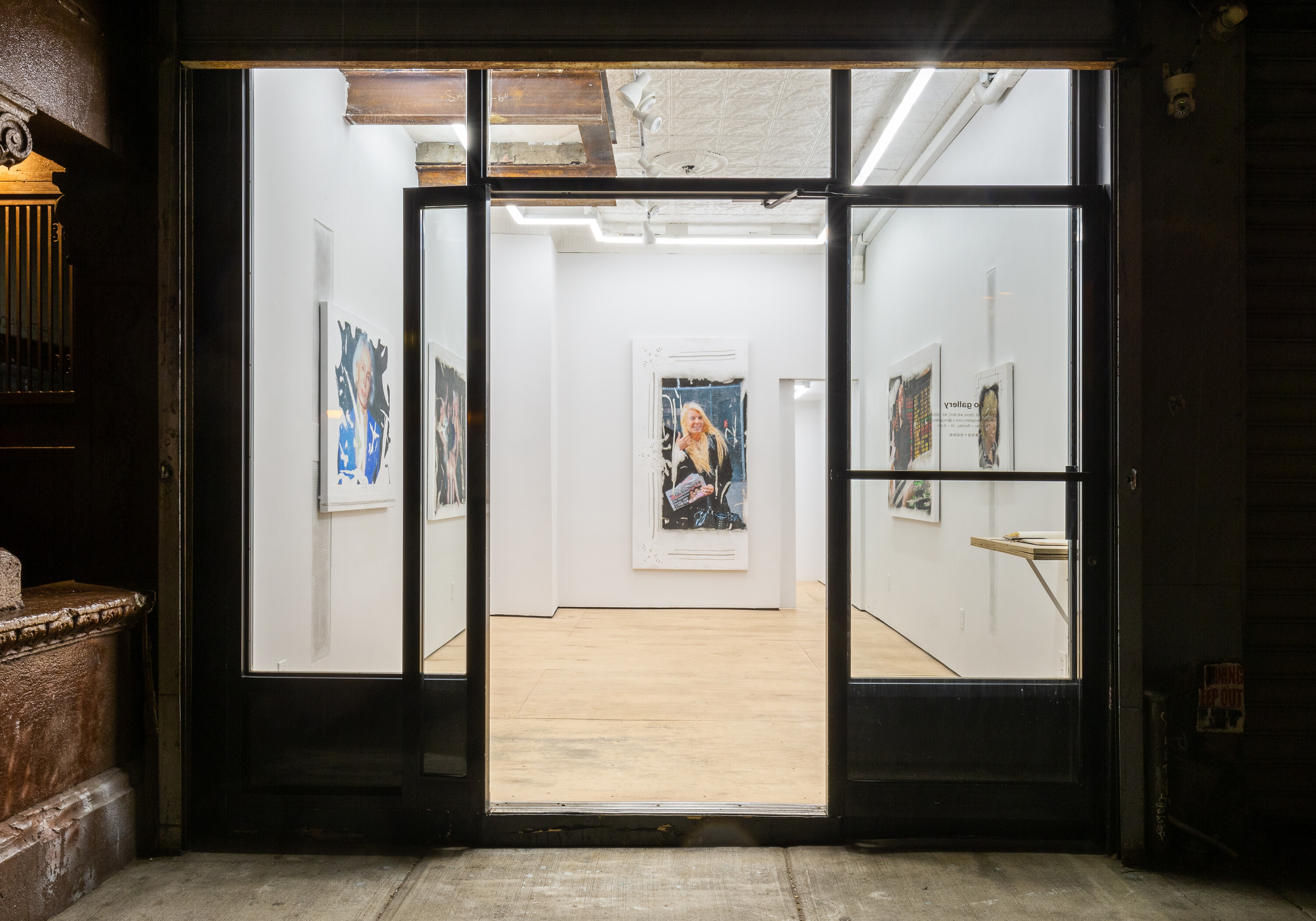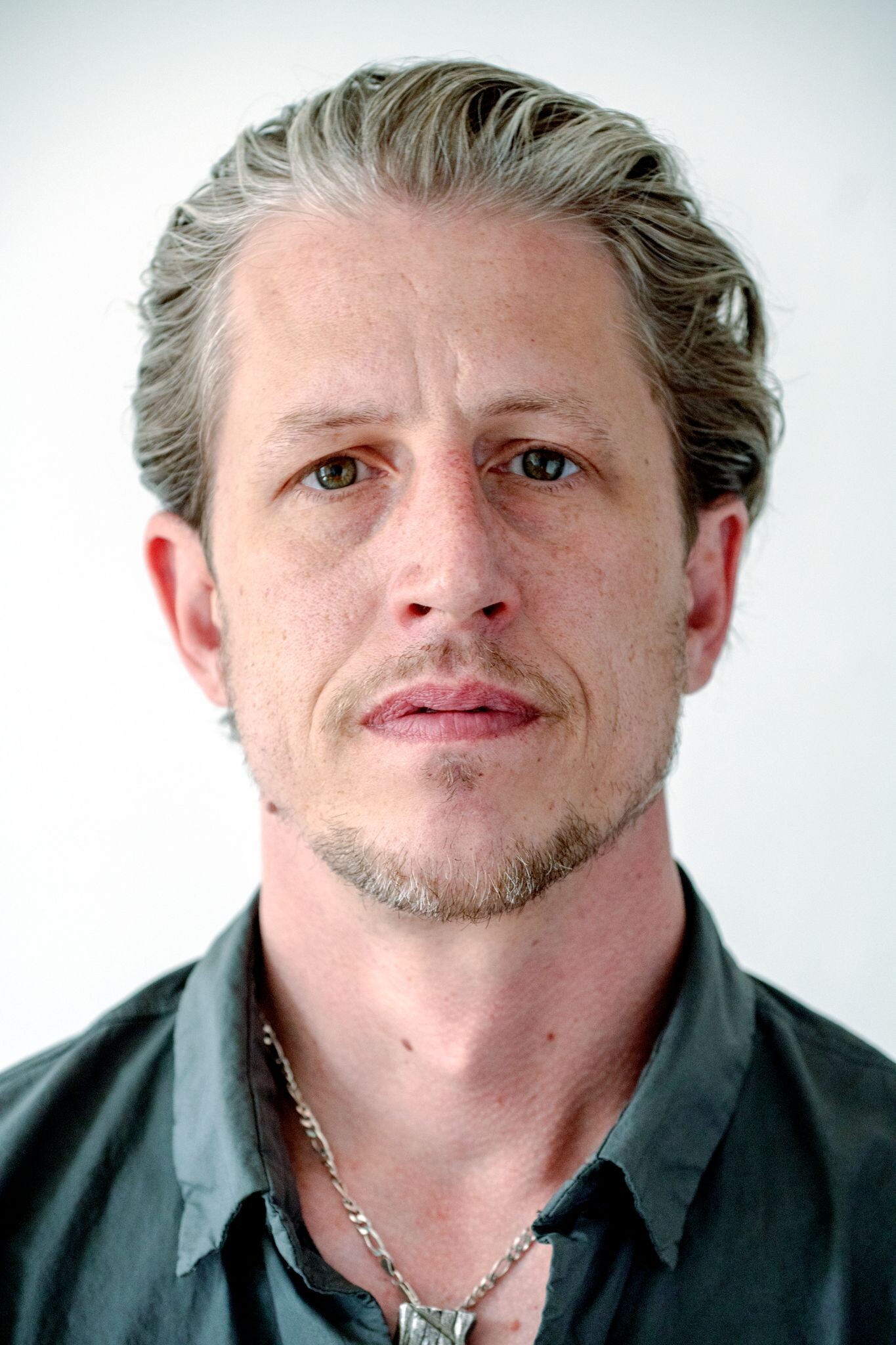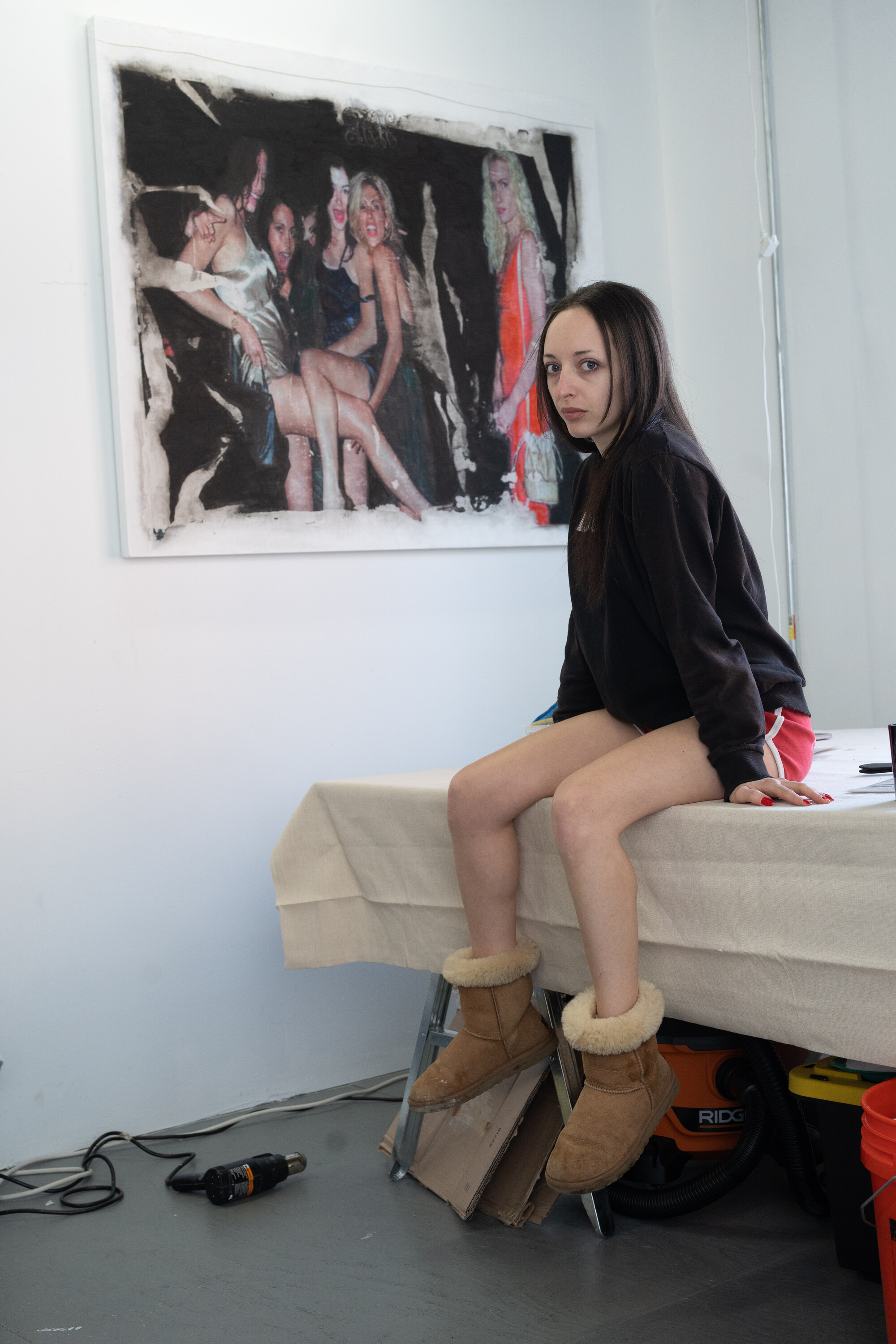Casey Gleghorn sheds light on

Initiated by The Armory Show in 2019, the Gramercy International Prize awards a young and pioneering New York gallery a complimentary booth at the fair. The winner embodies the spirit of the fair's founders in supporting and celebrating the avant garde.
Each year, the Gramercy Prize Winner is selected, in part, for their embodiment of the spirit of fair’s founders—Colin de Land, Pat Hearn, Matthew Marks, and Paul Morris—in the support and celebration of the avant-garde. How do you see yourself continuing this legacy?
Currently, the contemporary market rewards a heightened emphasis on decorative figuration painting. This trend poses significant financial challenges for galleries like No Gallery, which prioritize avant-garde, transgressive and idea-based exhibitions, but it has always been my inclination to resist the norms of my surroundings and venture down less traveled paths. My approach to curating exhibitions has consistently involved identifying prevailing market trends and deliberately charting a course in the opposite direction. In our gallery's biography, we amusingly label ourselves as “commercially ambiguous.”
As for carrying on the legacy of Colin de Land, Pat Hearn, Matthew Marks, and Paul Morris, we will continue to tackle each exhibition thoughtfully and hope we are able to make a lasting impact in our communities through our endeavors.
No Gallery was also founded in 2019. The world has changed so much since that year and, in doing so, has influenced significant shifts within the contemporary art landscape. How have these changes informed the gallery’s mission, and how do you see the gallery responding to the needs of the art world today?
Our approach has been to become even less commercially oriented. The concept of tailoring our exhibitions to fit the market or the expectations of the art world has never resonated with us.
What truly shaped my current programming shift was my experience relocating to Baltimore during the height of the pandemic, in 2020. During that time, I had the opportunity to live with Twig Harper, an avant-garde noise musician. Observing his creative process, I witnessed him craft intricate soundscapes, experiment with unconventional noises, and invest months into producing a five-song EP. When it came time to release his album, he simply assembled a rudimentary cover artwork reminiscent of MS Paint and shared it on Bandcamp. He disregarded the idea of building hype or engaging in any strategies aimed at greater commercial success beyond his own following. It carried a strong sense of, "If you know, you know." I've never witnessed such freedom; it looked liberating.
Twig wasn't responding to a market trend or going for some sort of angle to gain more commercial success. The work he produced was the only thing that mattered. In 2021, I took this experience with me back to New York City to reopen No Gallery in its current downtown location on Henry Street after a brief pandemic hiatus.
The gallery is located in one of New York’s most vibrant gallery neighborhoods, the Lower East Side. How has your location in this neighborhood, and in this city, inspired the gallery’s program? What is it about New York that makes its art scene so unique?
Downtown New York is where social classes and cultures collide and its scene is emblematic of that. People move from all over the world to be here every day and that brings a palpable sense of energy with them. Operating a gallery downtown, I am inspired by neighboring galleries such as Lubov, Ashes/Ashes, HOUSING, Off-Paradise, M23, Jenny's, Reena Spaulings Fine Art, and the more recently established Blade Study. These galleries have consistently mounted exhibitions that help motivate me to prioritize idea-based exhibition over commercial market appeal. We have been fortunate enough to maintain our distinctive programming while actively seeking a delicate equilibrium that fosters authenticity and integrity in the dialogues we cultivate with the artists we collaborate with.
What is it about New York that makes its art scene so unique? I would say pain, maybe? New York is competitive in nature and a fast-paced environment that demands a strong commitment and a true desire to succeed. Artists must be willing to push themselves beyond their limits and continuously strive for innovation, as New York is a place that thrives on constant reinvention. To survive and thrive here you must possess determination, resilience, innovation, adaptability, and the ability to exist within a city that is constantly reinventing itself. Sometimes this is challenging, as the city tends to give back what you project onto it.

New York is a place that thrives on constant reinvention.
At the fair, the gallery will present a solo booth featuring new paintings by Valentina Vaccarella, in which the artist depicts female political figures to examine conflicts of power and responsibility. What themes, ambitions, and methods in Vaccarella’s work made her feel representative of No Gallery’s own?
I originally met Valentina at a pop-up exhibition No Gallery hosted on Eldridge Street in 2020, prior to discovering our current permanent location. We stayed in touch and shortly thereafter, I had the opportunity to visit her solo presentation at a small project space in Queens in early 2021.
During that time, Valentina focused primarily on producing sculptures, but there was a certain quality in both her, as an artist, and in her work that I found interesting and unique. There was a raw sense of honesty and integrity in the work she was exhibiting, and I was also impressed that she was able to make this work while not being classically trained as an artist.
Valentina was working on themes of power, celebrity, sexuality, media, femininity and appropriation – conversations I wanted to include into my future programing. Her process for the Bless This Life solo show at No Gallery last year was a type of conceptual "non painting" painting, or post-medium painting. Her utilization of the transfer process is a rather domestic crafty method. It's nothing fancy, but still technically figuration, though not in-line with the art world trends I’d been seeing.
Her work was in line with No Gallery’s ethos, as many of our artists similarly present a somewhat cynical perspective of the world through their chosen medium. A recurring theme that resonates throughout exhibitions we curate is a deliberate emphasis on subculture and the interplay of our connections within these cultural realms. The artists with whom we collaborate predominantly hail from non-traditional backgrounds, or possess experiences that diverge from the conventional norms of the contemporary art world. These artists bring a unique perspective to their work, drawing inspiration from their unconventional experiences, subcultures they are part of, or communities they navigate within.
It is difficult to explain the full extent of their eccentricities, but their distinctive life paths, alternative viewpoints, and diverse cultural influences inform No Gallery’s programing.
The gallery previously exhibited Vaccarella’s work in 2022. Could you talk about the concept of that show, and how her work has evolved in this new series?
The exhibition Bless This Life opened in March of 2022 and was Valentina Vaccarella’s first time working with No Gallery. Its concept revolved around conducting an analysis of five notorious madams: Heidi Fleiss (The Hollywood Madam), Madame Claude (The Paris Madam), Anna Gristina (The Soccer-Mom Madam), Kristin M. Davis (The Manhattan Madam), and Deborah Jeane Palfrey (The D.C. Madam). Vaccarella sourced images of these women online and transferred them onto antique French bridal linens, some purchased or inherited by her mother. The linens all have the initials of a wedded couple embroidered onto them, establishing a parallel between the medium and the subject matter, exploring the themes of marriage and prostitution.
The new work being produced for The Armory Show moves beyond broad-spectrum tenets of feminism and into more specific territories associated with contemporary news media, and how its aesthetics influence social identity. It questions the idea of the perennial First Lady through the mediated language of the “girlboss”—the conflict raised when considering the responsibility of women working behind powerful men. It tackles the complexities of what it means to be a feminist in 2023, taking up residence in moral gray areas in order to expand dialogues around contemporary approaches to feminism.
Vaccarella’s work often deals with forms of media—like Instagram, fashion magazines, and gossip tabloids—often considered superficial, and usually associated with women. Do you think these forms are sufficiently explored and analyzed as they grow in ubiquity?
60-70% of Vaccarella's practice is research-based. She spends a lot of time reading and writing. She is an archivist. Through this process she formulates ways to explore these topics of interest using a visual language.
For the work produced for The Armory Show, Valentina shifts her gaze from the madams of Bless This Life to a group of women whose misbehavior is obscured by a veneer of social respectability. The exhibition references a disappeared 2011 Vogue profile on Syrian First Lady, Asma al-Assad, titled “A Rose in the Desert.” The piece was removed following the outbreak of the Syrian Civil War helmed by Bashar al-Assad's totalitarian regime. The article was written with the hope of projecting a facade of Western luxury despite a historically cruel dictatorship.
Similarly examined is Yulia Tympshenko, who was deemed the “Gas Princess” when she worked as an energy trader importing Russian gas into Ukraine from 1995–1997. She quickly understood the importance of her public image and, during her tenure as Prime Minister, hired an image consultant to transform herself into apopulist figure with an iconic milkmaid braid. Both women act within a coded language—worn by them and seen by the people. Al-Assad and Tympshenko are two powerful figures among others Vaccarella unravels, such as Bernadette Chirac, Chantal Biya, Melania Trump, and Brigitte Macron, who act with a Machivellian agenda: "a fox to recognize traps and lion to frighten wolves."
The works pay direct reference to contemporary art’s ability to address the complexities of current media through appropriated aesthetics. In the lineage of artists like Lutz Bacher, Vaccarella’s new body of work utilizes alternative productions of images for public consumption in the same way that Bacher appropriated an archive of postcards featuring Mao Zedong distributed with the intention of establishing him as an everyman, Vaccarella combs the Instagram profiles of these public figures, interrogating the role they play within the production of propaganda. The role of text within the works mirrors the romance of high-fashion advertising. Influenced by Thomas Hirschhorn's fashion collages, these new works contrast the visual language of the advertisements and advertorials with the stark light of reality, delivering a critique of luxury aesthetics employed as pure distraction.
What excites you about exhibiting at The Armory Show 2023?
This marks our third participation in a fair, and our participation has particular significance as it will be our first time showcasing a solo artist within the fair booth and art fair context. We are thrilled about the opportunity to highlight Valentina Vaccarella's latest body of work and unique vision to the visitors and patrons of The Armory Show in a focused and intentional way. We view this as a significant milestone in our gallery's journey.
No Gallery is an ambiguously commercial gallery space established in 2019, located in the lowest of the Lower East Side, Manhattan. Founded with the intention of curating exhibitions capable of pushing the boundaries of contemporary programming, No presents works dedicated to a nuanced exploration of extant social, personal and cultural paradigms.

